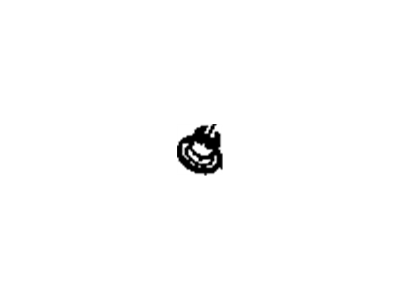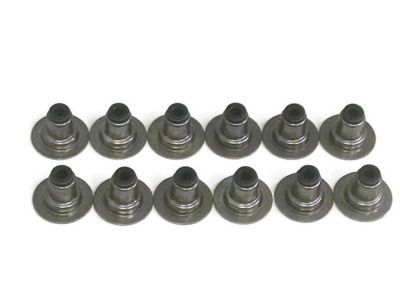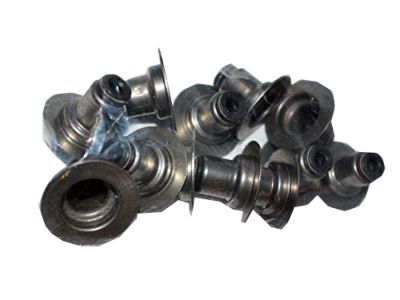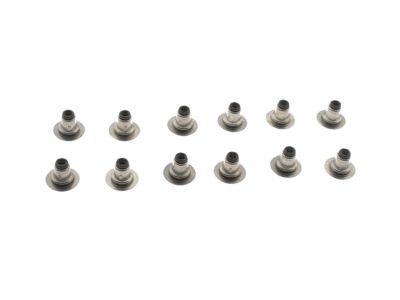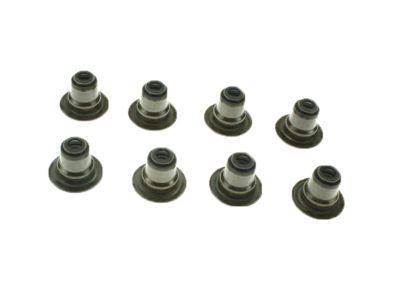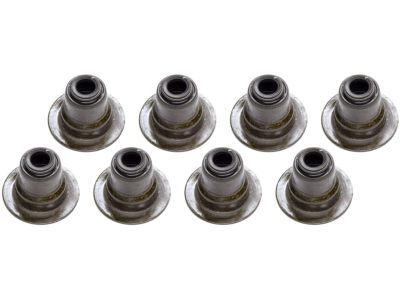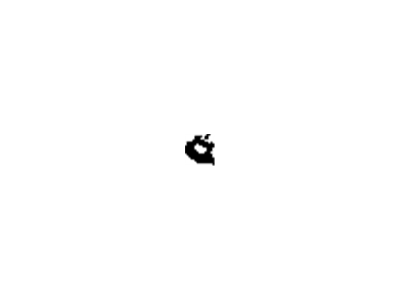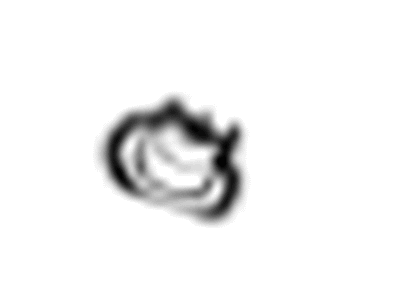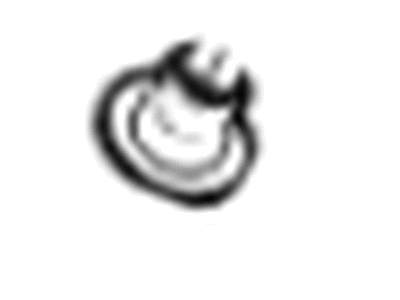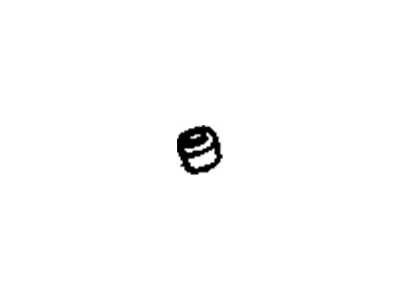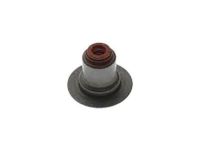
My Garage
My Account
Cart
Genuine Cadillac CTS Valve Stem Oil Seal
Engine Valve Seal- Select Vehicle by Model
- Select Vehicle by VIN
Select Vehicle by Model
orMake
Model
Year
Select Vehicle by VIN
For the most accurate results, select vehicle by your VIN (Vehicle Identification Number).
8 Valve Stem Oil Seals found
Cadillac CTS Seal Kit,Exhaust Valve Stem Oil
Part Number: 12482062$40.12 MSRP: $69.18You Save: $29.06 (43%)Ships in 1-3 Business DaysCadillac CTS Seal Kit,Valve Stem Oil
Part Number: 19207664$29.95 MSRP: $49.58You Save: $19.63 (40%)Ships in 1-2 Business DaysCadillac CTS Seal Kit,Intake Valve Stem Oil
Part Number: 12482063$36.90 MSRP: $63.11You Save: $26.21 (42%)Ships in 1-3 Business DaysCadillac CTS Seal, Exh Vlv Stem Oil
Part Number: 12689006$4.85 MSRP: $7.74You Save: $2.89 (38%)Ships in 1-3 Business DaysCadillac CTS Seal, Int Vlv Stem Oil
Part Number: 12689007$5.30 MSRP: $8.46You Save: $3.16 (38%)Ships in 1-3 Business DaysCadillac CTS Seal Assembly, Valve Stem Oil
Part Number: 12653350$4.85 MSRP: $7.73You Save: $2.88 (38%)Ships in 1-3 Business DaysCadillac CTS Seal, Valve Stem Oil
Part Number: 12668832$3.19 MSRP: $5.08You Save: $1.89 (38%)Ships in 1-3 Business DaysCadillac CTS Seal,Valve Stem Oil
Part Number: 90410741$6.07 MSRP: $9.70You Save: $3.63 (38%)Ships in 1-3 Business Days
Cadillac CTS Valve Stem Oil Seal
Each OEM Cadillac CTS Valve Stem Oil Seal we offer is competitively priced and comes with the assurance of the manufacturer's warranty for the part. Furthermore, we guarantee the speedy delivery of your orders right to your doorstep. Our hassle-free return policy is also in place for your peace of mind.
Cadillac CTS Valve Stem Oil Seal Parts Questions & Experts Answers
- Q: Can broken Rocker Shaft Spring Kit and Valve Stem Oil Seal be replaced without removing the cylinder head in 2.8L,3.0L,3.6L V6 engine on Cadillac CTS?A:Valve spray and valve stem seal are worn and may require replacement and can be done without the removal of the cylinder head; it requires two special tools and compressed air. First of all, get rid of spark plugs, plenum, intake manifold, valve covers, Timing Chains, Camshafts, and Rocker Arms. Insert an adapter into the spark plug hole and attach an air hose from an air compressor; often such equipment is available in auto part stores. Coat the cylinder and the valves with compressed air in a way that they are locked in place. Mold the top of each valve spring retainer sufficiently to separate the valve keeper from the spring retainer, then compress the spring with a valve-spring compressor in order to remove the keepers with small needle-nose pliers or a magnet. The valve spring and retainer must be taken off while leaving pressure of air as this holds the valve shut to avoid being injured. Take out the old valve stem seals, making sure to differentiate the differences, between the intake and the exhaust, put a rubber band or some tape around the tip of the valve stem in order to keep the spring from dropping into the combustion chamber before you actually release the air pressure. There is also a possibility that the handle bounds as it threads in the stem, specifically in the region covered by the hand wheel; this requires the removal of the head for adjustment. Apply pressure to keep the valve closed and fix new valve stem seals but be careful not to fit intake and exhaust stem seals. Put the spring and retainer into position over the valve, tighten the assembly enough to seat and reinstall the keepers, also put a small squirt of grease to sort out the keepers if required. Pull off the pressure from the spring tool, and make sure that the keepers are properly in place, and pull off the air hose and remove the adapter from the spark plug hole. Perform the same to other cylinders, after which the rocker arm assemblies, camshafts, timing chains, and valve covers should be replaced. Switch the engine to 'on' and listen for oil dripping and any unusual noises and let the engine run for five to 10 minutes before a close inspection.
Related Cadillac CTS Parts
Browse by Year
2019 Valve Stem Oil Seal 2018 Valve Stem Oil Seal 2017 Valve Stem Oil Seal 2016 Valve Stem Oil Seal 2015 Valve Stem Oil Seal 2014 Valve Stem Oil Seal 2013 Valve Stem Oil Seal 2012 Valve Stem Oil Seal 2011 Valve Stem Oil Seal 2010 Valve Stem Oil Seal 2009 Valve Stem Oil Seal 2008 Valve Stem Oil Seal 2007 Valve Stem Oil Seal 2006 Valve Stem Oil Seal 2005 Valve Stem Oil Seal 2004 Valve Stem Oil Seal 2003 Valve Stem Oil Seal

